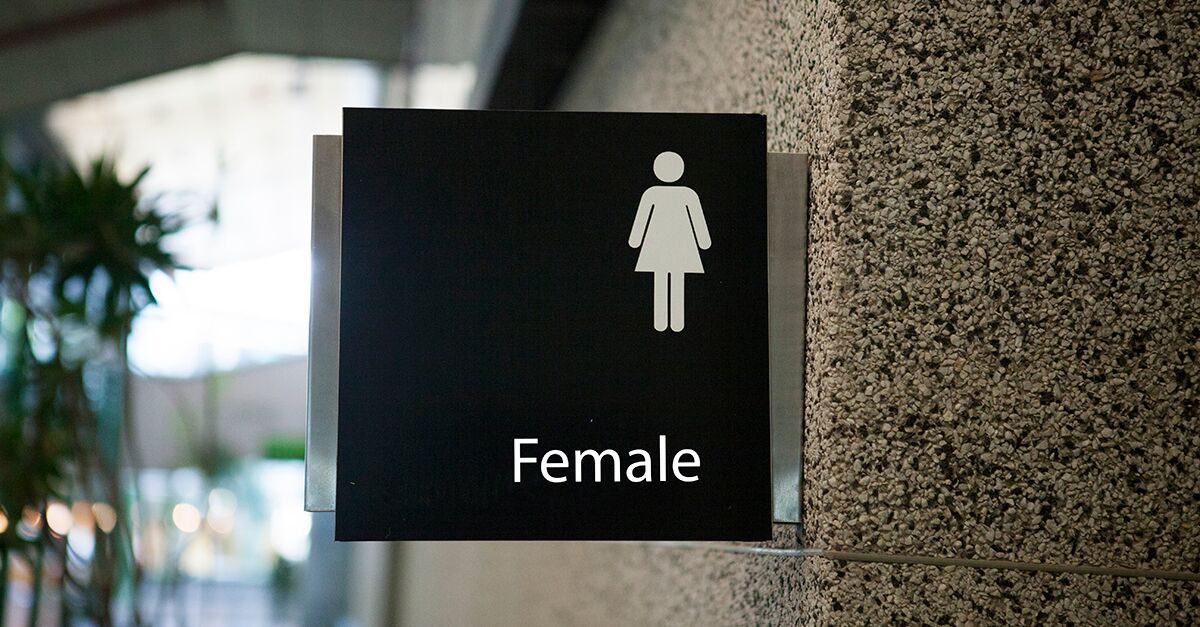Feminine hygiene products are a necessity for roughly half the population. While women in wealthy nations generally have access to these products—if they can afford to purchase them—menstrual care items are not readily accessible in public restrooms. Although necessary for a large percentage of the population, many facilities don’t supply them as a restroom essential as they do with toilet paper and paper towels.
In light of this, several states and cities have mandated for schools and other public facilities to provide free feminine hygiene products to building occupants, including:
- Boston public schools: effective for the 2019-2020 school year
- All New York school districts: effective since the 2017-2018 school year
- All Illinois school districts: effective since January 1, 2018
- Low-income California school districts: effective since January 1, 2018
- Brookline, Mass: effective July 1, 2021.
Does your facility provide free access to menstrual care products? And if so, does it provide a convenient and sanitary method of disposal? Each restroom stall should have a feminine care waste receptacle with a liner bag, so users are not tempted to flush pads and tampons down the toilet and cause plumbing problems. Proper disposal methods also help to ensure the health and safety of cleaning staff.
Check out the infographic for best practices recommended by ISSA’s Cleaning Management Institute for cleaning these receptacles.
.jpeg)



